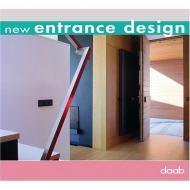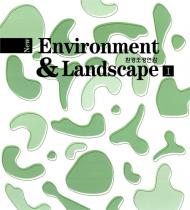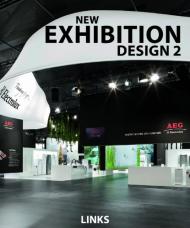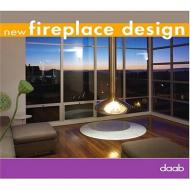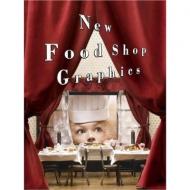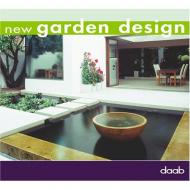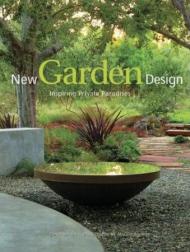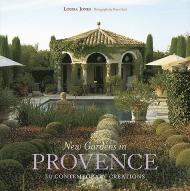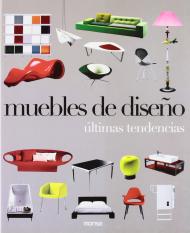Rem Koolhaas has defined architecture as a chaotic adventure. Nothing could be more true than that of the last two decades. Never has architecture been so unbridled and so extraordinary: the architectural cast has never been so wide and their works so diverse. What though if you are new to the subject? How is it possible to make sense of this seemingly unruly architectural landscape? There are so many different types of architecture, so many designers with such varying and even contradictory approaches.
This book is a much needed navigation guide for anyone interested in modern architecture. Organised chronologically, it enables you to find your way through one of the most prolific periods of building design. It looks at buildings in often contrasting styles that have been built almost simultaneously across the world with their roots in very different tendencies and schools of thought. A loose but effective framework is provided, which pulls all these multiple threads together, while key buildings are described individually with a unique clarity and precision.
* Covers seminal works, such as Guggenheim Bilbao and the Jewish Museum in Berlin.
* Features key architects: Norman Foster, Zaha Hadid, Herzog & de Meuron, Toyo Ito, Rem Koolhaas, Jean Nouvel and Renzo Piano
* Illustrated with more than 220 colour images
Издательства
- Rizzoli (481)
- Thames & Hudson (156)
- Prestel (149)
- Gestalten (106)
- Braun (105)
- teNeues (70)
- Vendome Press (60)
- DOM Publishers (51)
- Monacelli Press (50)
- Phaidon (49)

